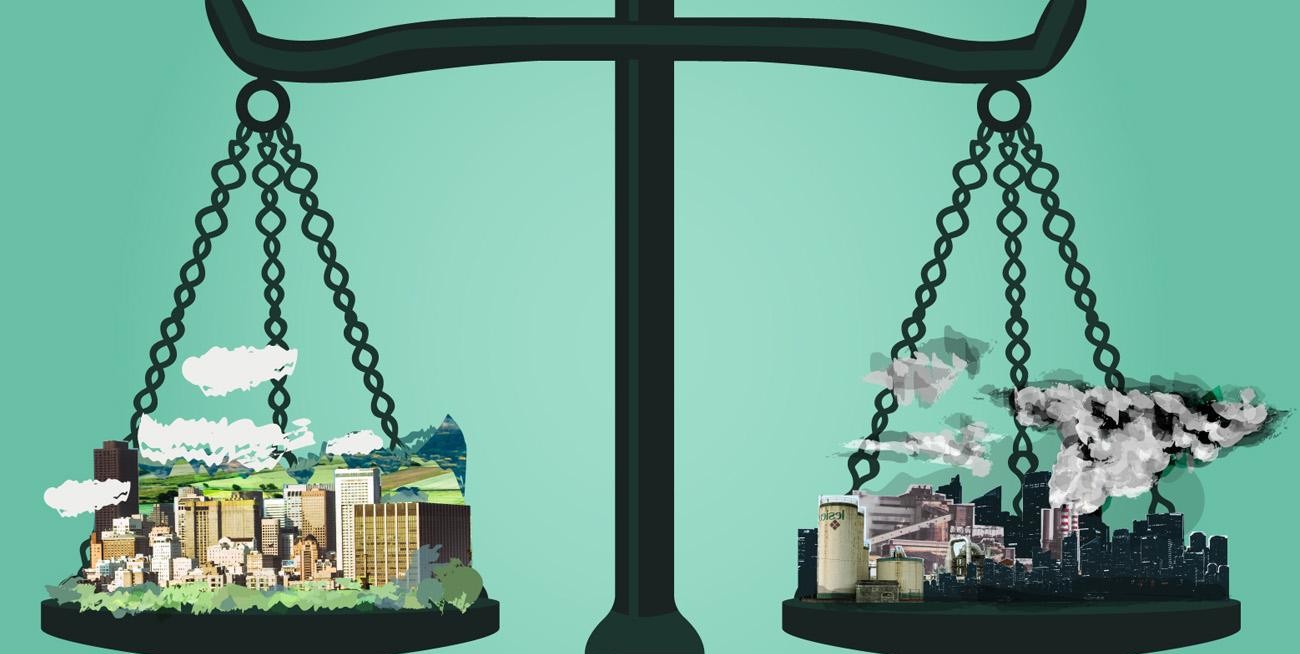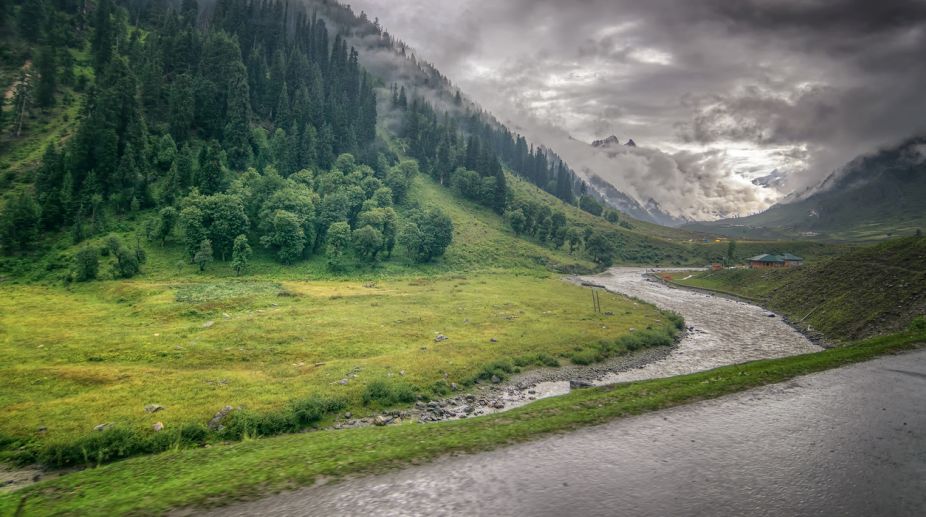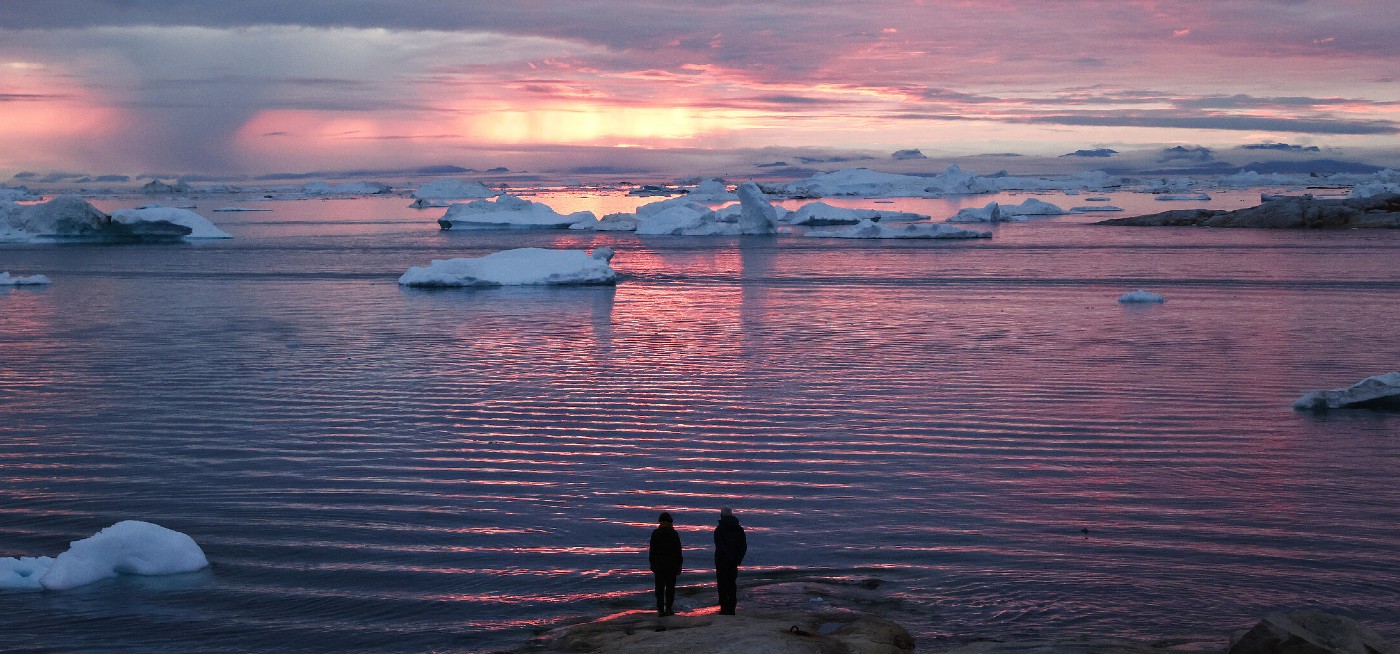Fire Hazard: How climate change is derailing lofty carbon offset hopes
Trends pointing to an increase in the length and intensity of fire seasons expose the dangerous over-reliance on land and forests to deliver carbon sequestration
By Shreeshan V / Aug 13, 2021

Carbon set-off: Historic wildfires across the northern hemisphere in the past month have cast doubt on the prudence of relying on forests to build stores of carbon | Photo: The Moscow Times
The window to limit global warming to 1.5° Celsius has narrowed to just about a decade. This week, the IPCC’s Physical Science Basis report, the first of three parts of the IPCC’s Sixth Assessment Report (AR6), served as another grim notice on the current status and direction of earth’s climate and weather systems. Across the board, and in every region of the world, extreme weather is projected to become more frequent and inflict greater damage for as long as global temperatures remain on an upward curve and anthropogenic emissions overload natural cycles.
Just as the warnings from the latest climate science hit the airwaves, reports emerged that a pall of smoke emanating from wildfires raging in Siberia had enveloped the North Pole, over 3,000 km away. Eastern Russia has seen an exceptionally active wildfire season where over 1.6 million hectares of forest land has been burnt in the past two months. In Europe, close to another 5 million ha of forests have gone up in flames. The trend extends across the world with the Americas, Asia, Australia and Africa all reporting large areas of forests affected by wildfires in the past year, running into several millions of hectares. In other words, several millions of hectares worth of carbon stock was released back into the atmosphere.
The poetic juxtaposition of the IPCC report on the historic wildfire season (and other alarming instances of extreme weather currently unfolding) has not gone unnoticed. The coincidence has rightfully been used as a forceful call for urgent action. The moment, however, represents a deeper cognitive dissonance. Removing carbon from the environment is the need of the hour to prevent catastrophic climate change. But what happens when the primary mode of removal itself holds no guarantees of climate resilience?
The future of fire weather
Over the past few years, there has been a growing consensus that fire weather and wildfires are set to increase across the world as temperatures rise. Recent attribution studies have shown that some massive wildfires in the US and Europe would not have been possible in the absence of anthropogenic climate change. With a fast-expanding body of evidence to support the correlation, IPCC authors have stated that, “climate change will force widespread increases in fire weather throughout the world,” in their latest assessment.
According to the report, fire weather is also likely to become more common with an increase in frequency and intensity of droughts and heatwaves. The compound effect of droughts and heatwaves sustain high temperatures, while pushing down humidity and soil moisture- weather conditions, which are conducive to triggering and sustaining wildfires, the report explains.
Assessments of wildfire trends have pointed to an increase in the length of fire seasons and in the burnt area. According to a 2015 study that mapped wildfire trends from 1979 to 2013, the global fire season length has increased by 18.7% in the time period, while area affected by wildfires has doubled. A more recent study from 2019, which attempts to project future scenarios for wildfires under warming futures, has warned that under warming of 1.5°C and 2°C, the fire season length and fire frequency is likely to increase in several parts of the world, particularly in the western United States, Central Asia, and Australia.

Beyond the implications on the well-being of the ecosystem and human health, worsening wildfires could jeopardise plans for future carbon removal and offset.
Neither fire-proof, nor fool proof
Last month, fire season kicked into high gear in the US. Largest among the several blazes reported so far is the Bootleg Fire, which affected large forest areas in Oregon and California. The fire, which spread over 400,000 acres of forests in the region, also engulfed a quarter of the carbon offset project Klamath East, operated by the Green Diamond Resource Company, a non-profit that works on carbon removal. In Washington state, runaway fires scorched parts of the Summit Creek and Shoal Creek carbon offset projects operated by petroleum major BP. Similar incidents of carbon offset projects going up in smoke, effectively releasing stored carbon back into the atmosphere, have been reported over recent years.
With a total carbon stock of 662 Gt, forest ecosystems are the largest terrestrial carbon sink on earth. The capacity of the world’s forests to absorb roughly 2 billion tonnes of CO2 each year has made afforestation the mode of choice to meet the urgent need of reducing and removing carbon from the atmosphere. Afforestation and agro-forestry plantations are currently perceived to offer the quickest and cheapest path to create and lock away carbon stocks, often at the behest of highly emitting businesses and polluting industries.
The reliance on existing and new forests to meet global climate goals is apparent in the inclusion of afforestation targets in almost 20 Nationally Determined Contributions (NDCs) toward the Paris Agreement. The list of countries with specified goals to increase tree and forest cover include large economies such as Australia, Brazil, India and Japan. The recent thrust towards afforestation has yielded a marginal increase in the global area covered by forests, although much of the expansion has come through new forests and agro-forestry plantations.
As fire seasons look set to intensify, the over-reliance on afforestation as a mode of decarbonisation, however, is rapidly evolving as a concern. While fire regimes are an important part of nutrient cycles in several ecosystems, projections enhance the likelihood of such regimes becoming longer, more unpredictable and more damaging than in the past. According to the latest IPCC assessment, future climate variability is likely to enhance the severity and recurrence of wildfires across many biomes, including tropical rainforests, Arctic and boreal ecosystems, Mediterranean-type ecosystems, degraded tropical forests, and tropical forest-savanna transition zones. While the report concedes that risks from wildfires are yet to be fully incorporated into climate models, a partial representation of wildfires project increases of 8-58% in carbon emissions due to fire.
“We cannot be complacent about the world’s carbon stocks. With the over-reliance on land and forests for carbon removal, it is possible that decades worth of carbon stock can be wiped out in a matter of days or a few months. This is a particularly serious concern considering the likelihood of wildfires and extreme heat becoming more frequent and intense in coming years and decades apart from floods, landslides, pests and diseases. Our existing carbon stocks are already under threat, as will any new carbon stocks we are yet to create through tree plantations. Retaining and protecting individual large old trees whereever they exist will be important,” surmises Jagdish Krishnaswamy, senior fellow at the Ashoka Trust for Research in Ecology and the Environment.
Other than the risk of fires releasing carbon stored in patches of afforested land, concerns regarding how plant and tree physiology will cope with changing climate have also been raised. “Beyond biome shifts, observations of tropical forests also show that increasing tree mortality rates within tropical forests may reduce carbon turnover times and storage, that increased tree mortality rates in tropical forests and elsewhere are expected with increased temperatures and vapor pressure deficit,” notes the IPCC Physical Science Basis report, adding that while these changes are not well represented in climate models, changes in mortality may have a larger influence on the carbon cycle than changes in productivity.
The report further states that although increasing CO2 concentrations in the atmosphere could lead to higher rates of metabolism and growth in plants, this will likely be hindered by limited availability of nutrients in the soil. The inadequacy of critical nutrients could further convert vegetation from being net carbon sinks to net carbon sources under future scenarios, further denting the reliability of forests as the dominant mode of carbon storage. Recent studies have suggested that climate pressures and unmitigated fires have rendered the Amazon basin a net carbon source, rather than a sink, reversing the historic trend of carbon absorption in the world’s largest rainforest.
Why India must rethink afforestation
Afforestation is one of the central planks of India’s commitments towards the Paris Agreement. Over the next decade, India plans to increase its current forest-held carbon stock of 26.12 Gt CO2eq by around 10%. The additional sink of 2.5-3 billion tonnes of CO2eq is to come through the restoration of a mammoth 26 million ha of degraded land, including the creation of 2 million ha of additional forest and tree cover, by 2030. According to the India State of Forest Report (ISFR) 2019, India is currently adding about 76.86 million tonnes of CO2eq every year, far below the rate required to meet its NDC. Interestingly, while India’s forest cover has been increasing gradually, much of the growth has come outside the Recorded Forest Area (RFA), which has in fact seen a decline in recent decades.
The growth of forest cover outside the RFA is a likely sign of expanding agro-forestry. Unsurprisingly, India’s plan to increase its carbon sink, too, rests heavily on a bet on agro-forestry and plantations to deepen the carbon sink.
On paper, the plan to expand agro-forestry is plausible and holds potential benefits beyond carbon storage. A recent study that looked at carbon sequestration potential of agroforestry systems concluded that a 30% increase in the area under agro-forestry by 2050 is likely to significantly offset India’s emissions, and create tradeable offset credits. The Forest Survey of India (FSI) has in the past alluded to the utilisation of “wastelands” (a contentious category of public land, which constitutes around 15% of the country’s total land area) for the creation of this additional forest cover through restoration of open forests and plantations.
The recent escalation of wildfires across the world challenges the realities of such a plan, particularly in arid and semi-arid zones in the country, which are more conducive for fire weather, and have soil nutrient profiles ill-suited for woody vegetation. The myopic view of forests and land as merely a store of carbon has its share of critics. “Afforestation is not a one-size-fits-all solution. The dominant view that reduces carbon sequestration to afforestation, and forests as the dominant store of carbon, reflects insufficient understanding and a failure of imagination. Ill-suited afforestation can disrupt natural cycles in non-forest ecosystems, affecting interconnections with carbon storage, water, soil and biodiversity in these ecosystems. The risk is beyond just the afforestation project. It is also on the natural stability and productivity of these ecosystems,” says Ravi Chellam, a member of the Biodiversity Collaborative and CEO at Metastring Foundation, an organisation seeking to boost data-based decision making, particularly in the fields of biodiversity and health.
According to ATREE’s Krishnaswamy, moving beyond simplistic afforestation targets and diversifying the carbon sink potentials of other ecosystems offers the most resilient path to carbon sequestration. “At present, there is too much pressure on forests and trees to create carbon stocks. This can generate trade-offs with respect to local hydrology, biodiversity and livelihoods in some biomes. The more prudent way would be to diversify the strategy for carbon sequestration beyond just tree-based afforestation to a diversity of ecosystems with moderate to high sequestration potential in soils, sediments and vegetation such as wetlands, riparian zones, mangroves and grasslands, agro-forestry and in urban environments. The current situation necessitates a thorough spatial zoning of what kind of restoration and carbon sequestration can be achieved where.”
The lack of alternative nature-based solutions to deliver carbon sequestration boils down to a lacuna in imagination, according to Chellam. “The narrative that afforestation offers the fastest or easiest path to removing CO2 from the atmosphere is incorrect, particularly when all ecosystems have natural cycles that contribute significantly towards regulating and mitigating carbon. The urgent need is to shift from simplistic views of afforestation and tree cover, which do not respect natural constraints of growth or native biodiversity and benefits to local communities, towards a narrative of inclusive and participatory ecological restoration that carries the lowest risks and highest returns in terms of restoring natural cycles with the least amount of damage,” he adds.
wildfiresrisks

